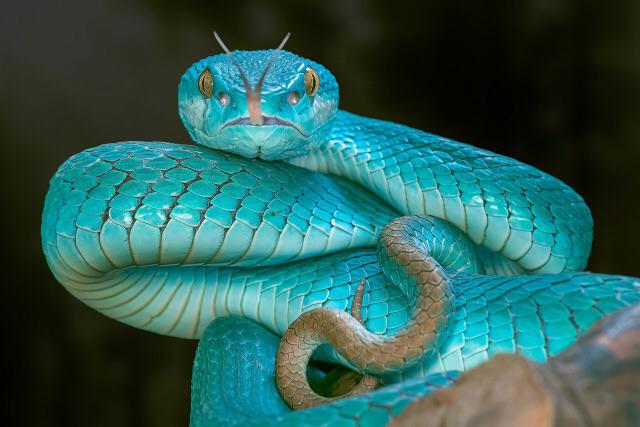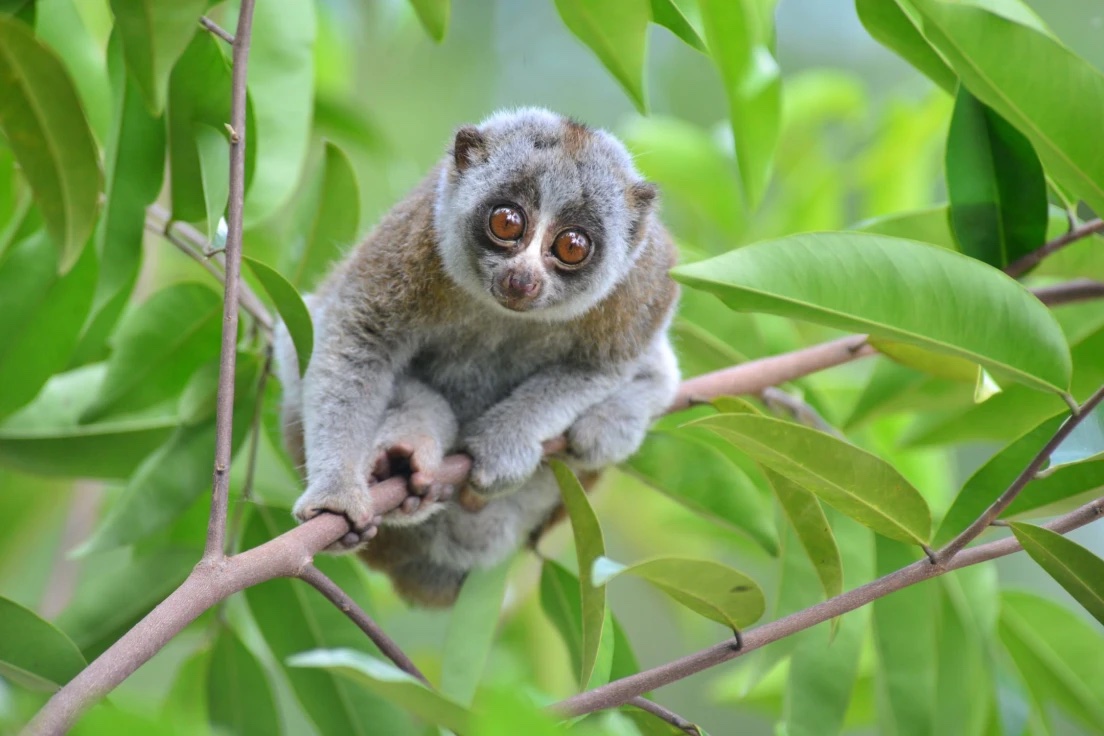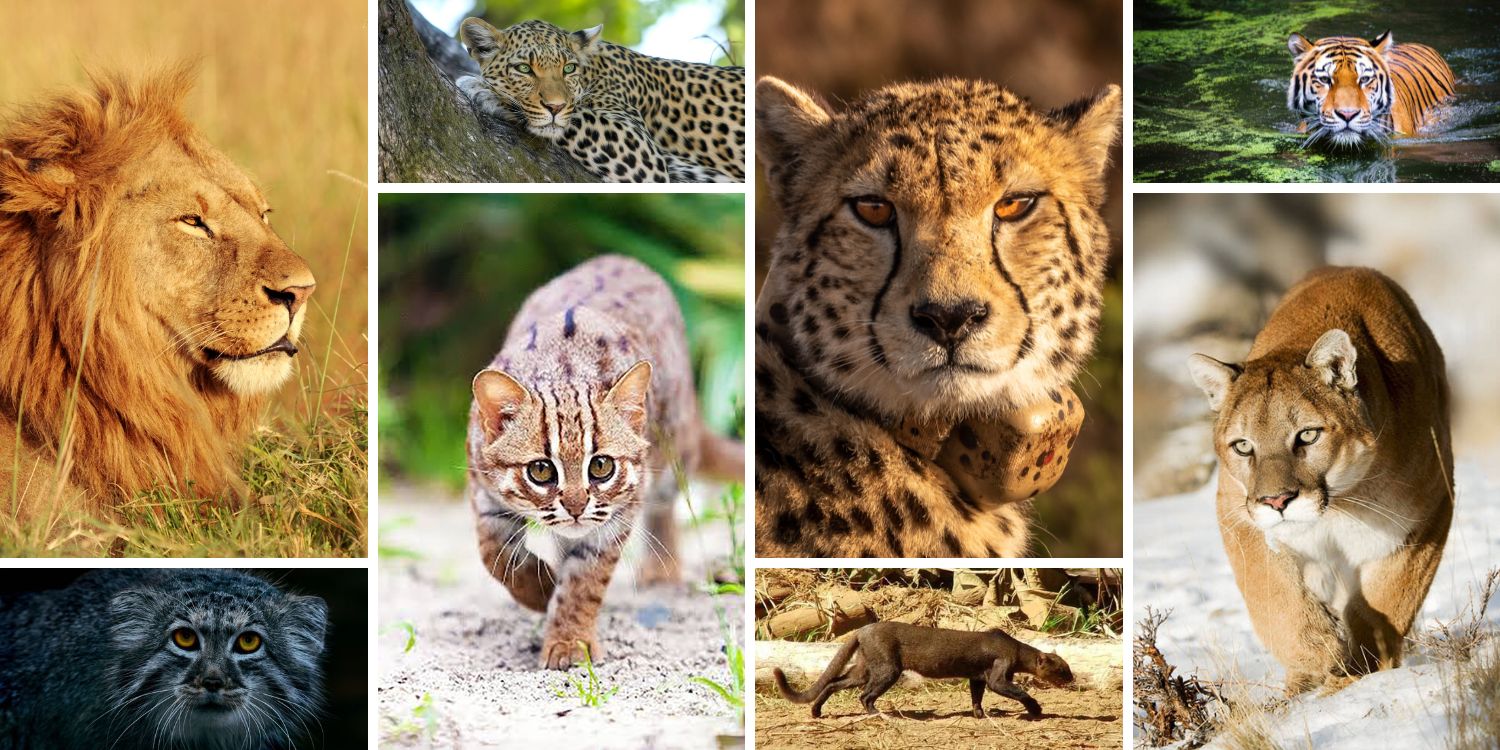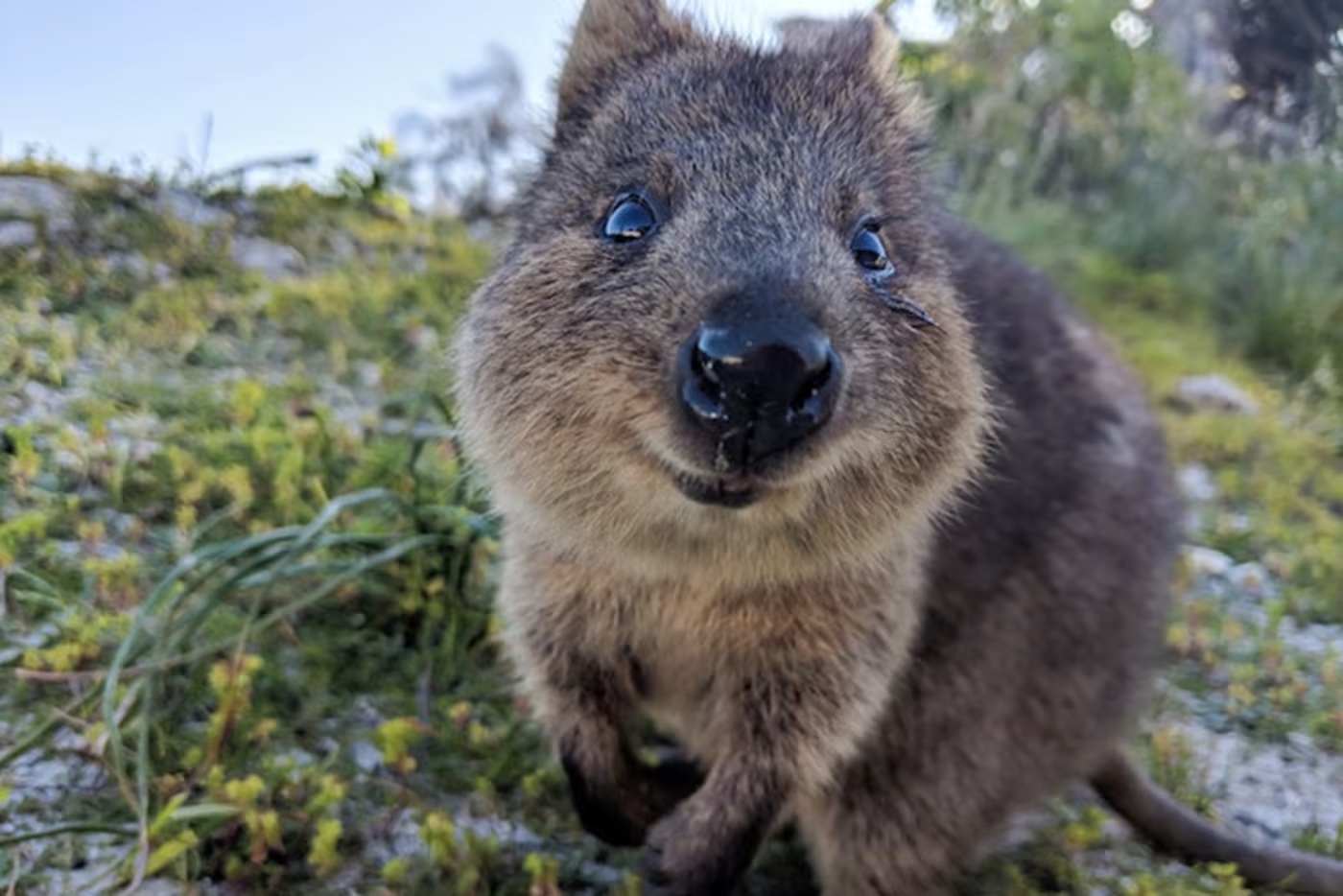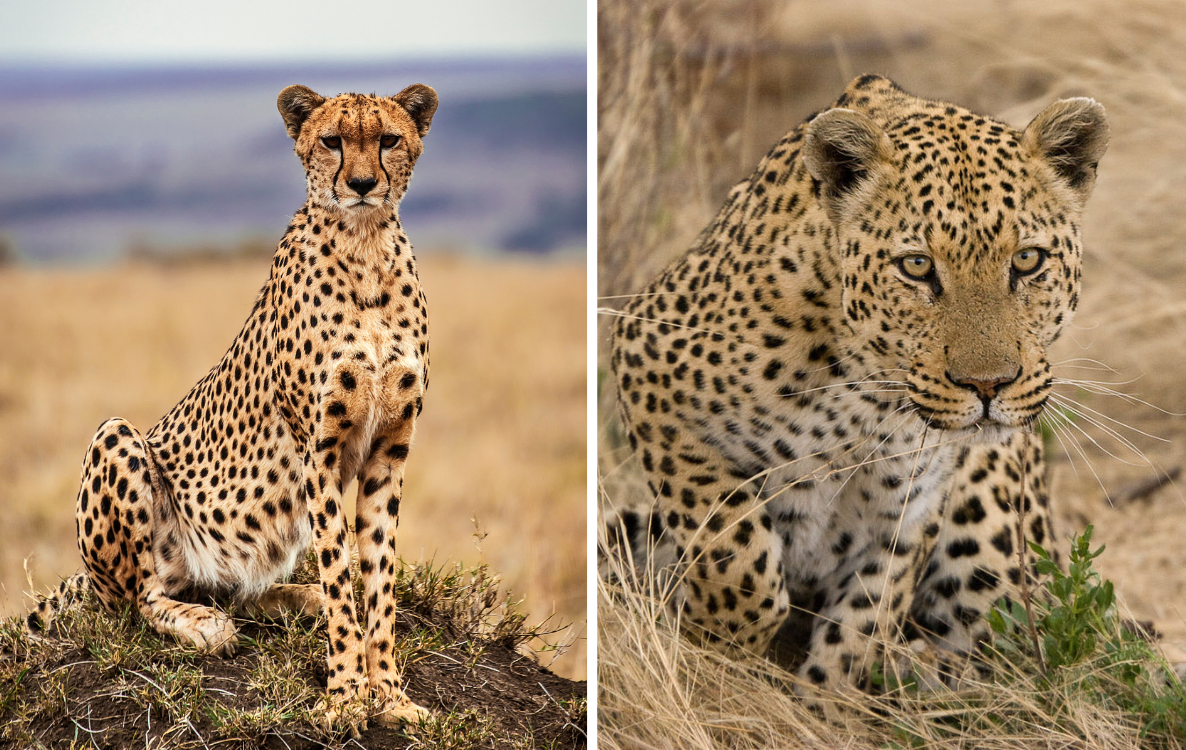
The African savanna is a stage for a dazzling display of wildlife. Among its most captivating predators are the cheetah (Acinonyx jubatus) and the leopard (Panthera pardus), both boasting spotted coats and impressive hunting prowess. But beneath these superficial similarities lie distinct adaptations and ecological roles. Today, we delve into the fascinating world of these spotted slinkers, exploring the key differences that make them unique.
A Tale of Two Spots:
At first glance, their spotted coats might appear similar, but a closer look reveals a fascinating story. Leopards are adorned with rosettes – beautiful, complex markings resembling open roses. These rosettes are formed by clusters of black spots with a lighter center, often tan or cream-colored. The size and density of these rosettes vary across the leopard’s body, creating a unique camouflage pattern that blends seamlessly with dappled sunlight filtering through trees and foliage.
Cheetahs, on the other hand, sport a simpler coat pattern. Their fur is a base of light tan to golden brown, adorned with a multitude of solid black, round or oval spots. Unlike the leopard’s rosettes, these spots are more uniformly distributed across the cheetah’s body. This simpler pattern is thought to provide excellent camouflage in tall grasses, where the cheetah often stalks its prey.

Head to Tail – A Closer Look:
The head and neck also reveal distinct features. Leopards have a broader head with a powerful jaw and strong facial muscles, reflecting their climbing prowess and ability to take down larger prey. Their black spots on the face tend to be more prominent and concentrated compared to the cheetah. Cheetahs, built for speed, have a smaller, leaner head with a characteristic “tear mark” running down from the corner of the eye to the muzzle. These dark streaks may help reduce glare from the sun while hunting during the day.
Built for Different Lifestyles:
The overall body structure of these spotted cats further reinforces their ecological niches. Leopards are stockier and more muscular, with powerful legs ideal for climbing trees and navigating dense vegetation. Cheetahs, in contrast, are all about speed. Their slender build, long, powerful legs, and flexible spine are perfectly optimized for explosive bursts of acceleration. Their tail also plays a role – the long, slender tail of the cheetah acts as a rudder for balance during high-speed chases, while the shorter, thicker tail of the leopard helps it maintain balance while navigating through trees. Even their claws are different: cheetahs are the only cat that can not fully retract its claws – using them like cleats for traction while running.

From Spots to Survival:
The differences in coat patterns and physical features are not merely aesthetic; they are crucial adaptations that play a vital role in the survival and hunting success of these magnificent predators. Understanding these details allows us to appreciate the intricate tapestry of life within the African savanna, where each creature plays a unique and vital role.
Daylight Dasher vs. Night Hunter:
Cheetahs are primarily active during the day, relying on their exceptional eyesight to spot prey in the open savanna. Their reliance on speed necessitates good visibility for a successful hunt. Leopards, on the other hand, are more comfortable hunting under the cloak of darkness. Their excellent night vision allows them to stalk prey silently and launch surprise attacks.
Solitary Stalkers vs. Opportunistic Eaters:
Both cheetahs and leopards are solitary hunters, relying on stealth and cunning to take down their prey. However, their hunting strategies differ. Cheetahs rely on their bursts of speed for short chases, often expending significant energy in the process. Thankfully, they are one of the most successful hunters on the savanna; unfortunately, though, they are easy to chase from their kill and lose many meals to other predators. Leopards are more patient hunters, using their agility to stalk prey and pounce from a hidden position. They are also opportunistic feeders, not hesitating to scavenge for carrion or hunt smaller animals like birds and rodents.

Living in Harmony:
Despite potential competition for resources, cheetahs and leopards often coexist in the same landscapes. Their different hunting preferences and active times help minimize direct conflict. Understanding these fascinating creatures and their unique adaptations allows us to appreciate the intricate balance of the African ecosystem.
Who would win in a fight?
While an unlikely scenario, a direct confrontation would likely favor the leopard. Its superior strength and climbing abilities would give it an advantage over the cheetah in a close-quarters fight. However, the cheetah’s incredible speed would allow it to outrun a leopard if it chose to avoid a fight (as it would… cheetahs are higher on the “flight” than “fight” meter and are quick to run away when confronted – even vultures can chase a cheetah away from its rightfully-earned meal).
The Future of Spotted African Predators:
Both cheetahs and leopards face significant threats due to habitat loss, human-wildlife conflict, and the illegal wildlife trade. Conservation efforts are crucial to ensure these magnificent spotted predators continue to grace the African savanna for generations to come.



